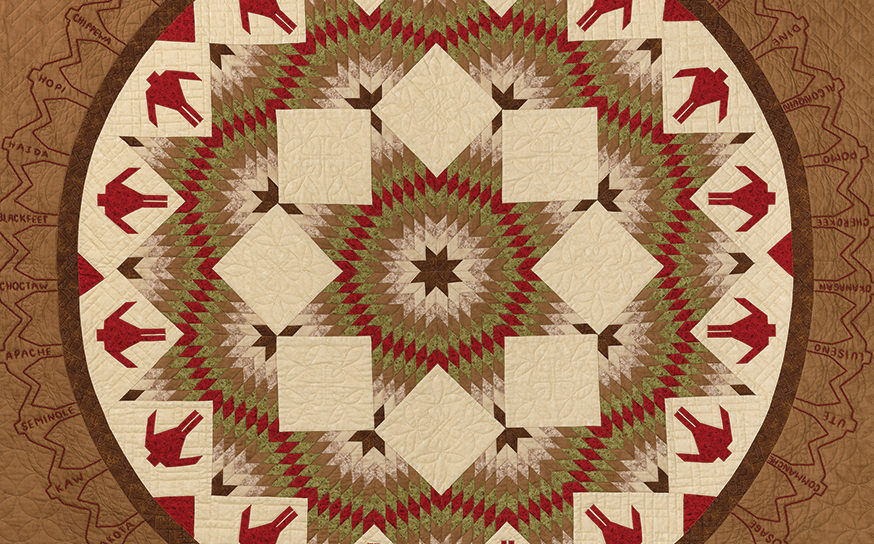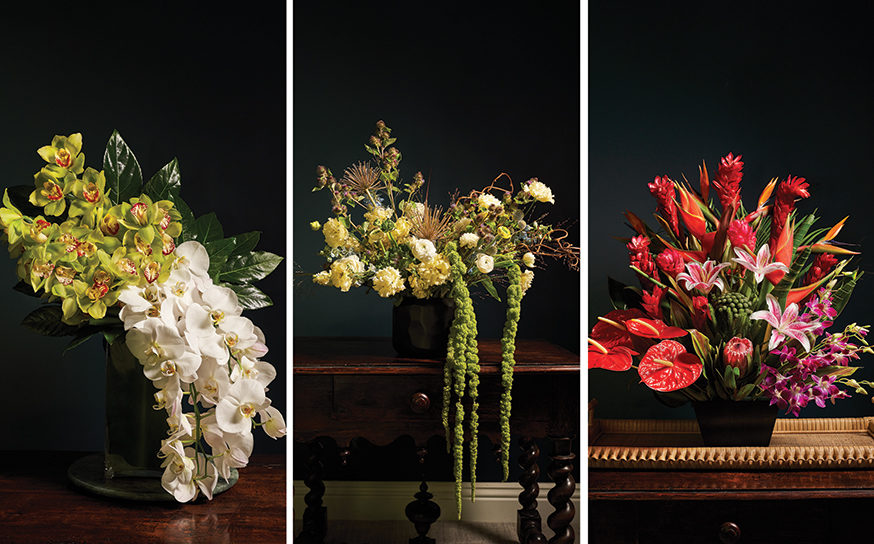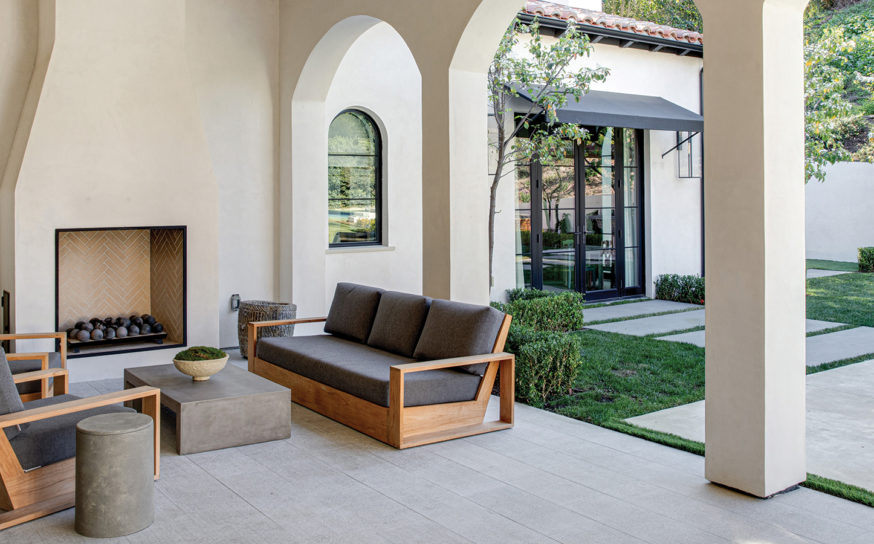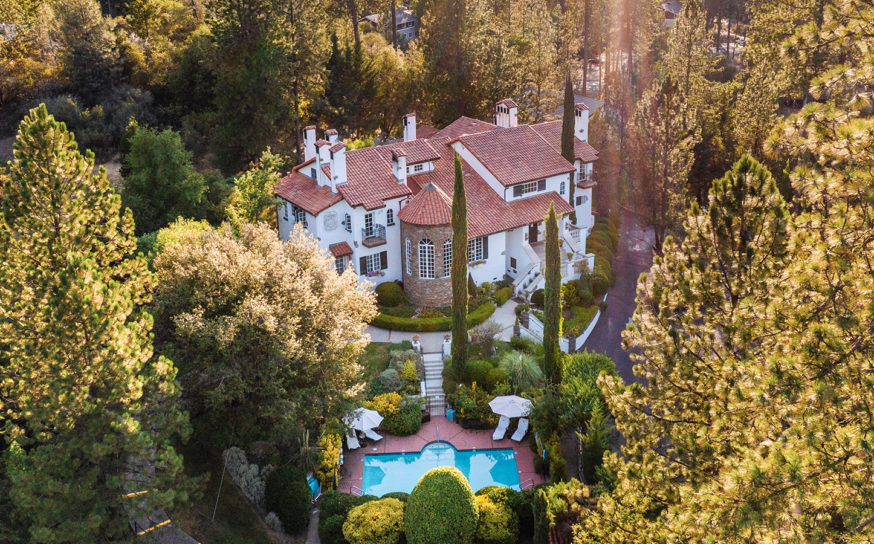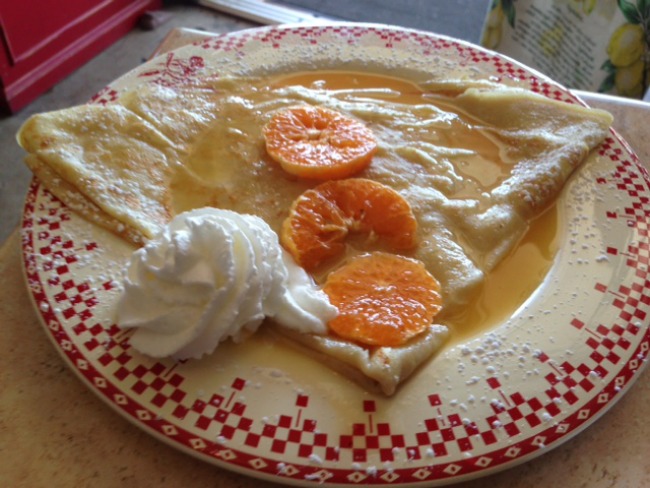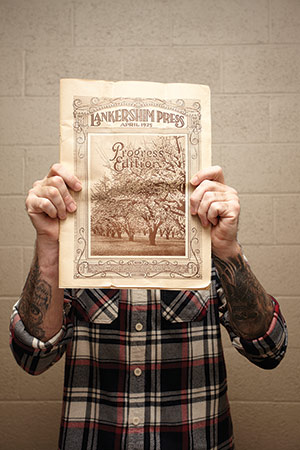
Natural Born Collector
One man’s impassioned mission to preserve Valley history.
-
CategoryUncategorized
-
Written byLinda Grasso
The year was 1997. Tommy Gelinas was a struggling hair and makeup artist. Crammed into a one-bedroom Sherman Oaks apartment with his two young kids, it was a constant struggle each month to make his $700 rent.
It was against that tight-as-a-tick backdrop that he took a huge gamble. With no money or fallback plan, Tommy bet on himself.
For years, Tommy had been running a silk screen clothing line on the side. Called Drop, the line was aimed at hot rod enthusiasts. “I thought—combining what I had learned in the beauty industry and what I knew about screen printing—I could make it a success.”
He kicked off his business in the back of his car, and soon the bills were piling up. “It was really stressful,” the tall, lanky, 49-year-old reflects. “At one point, I was personally in debt $180,000. I owed lots of people money.”
One day, Tommy had an epiphany. “I discovered I could buy a T-shirt for $1 in downtown LA, spend like $.50 to print a design on it, and then sell it for $8. I thought—why am I doing my own brand when I can do this and make much more?”
Switching gears and becoming a screen printing company-for-hire, Tommy started selling door-to-door. “I had my car, a pager and a brick phone. That essentially was my office.”
Before long, he moved the business into a “10×10 warehouse space in North Hollywood.” He bought a no-frills printing machine and hired two people.
“It was still really hard. I had to sell and produce and then be responsible for paying workers,” he recalls.
The days of knocking on doors with creditors on his heels are now long gone. Clad in his typical attire of jeans and a knit beanie, Tommy beams with pride, showing visitors around the headquarters of his large company, nestled among the warehouse district in North Hollywood.
He describes The Print Lab as “the biggest screen printing company in the San Fernando Valley,” as it employs 100 people and produces some 150,000 custom T-shirts each week for retailers like Target and Walmart and event producers like AEG Live. It also makes items for dozens of rock groups like Bon Jovi, Iron Maiden and AC/DC.
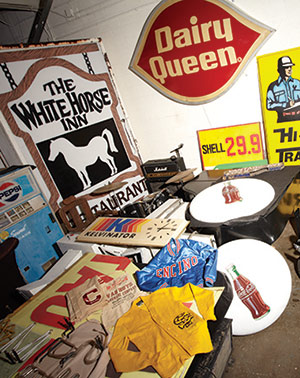
The lifelong Valley resident (“I was conceived in Burbank but popped out in North Hills”) gets a big twinkle in his eyes recalling the exact moment things started to turn around with his business. It was when Shirley of Hollywood, an LA-based manufacturer of lingerie and novelty items, hired The Print Lab.
“They provided private label items for companies like Victoria’s Secret. It was the first really big job,” he smiles. Other large clients like O’Neal Motocross and LR Apparel soon followed.
Through the years, he has never forgotten the kindness he was shown when his company was struggling and he owed suppliers money. “Companies like Parmele Supplies and King Sportswear allowed me to build my credit back. I feel like my community backed me. There was sense of trust there.”
And therein lies one of the keys to understanding this rags-to-riches businessman. He values his community and the kind of trust a strong community can foster. And it’s that sensibility that fuels Tommy’s other passion.
The space in Tommy's NoHo warehouse where he keeps his vintage sign collection.
With Valley Relics, Tommy owns one of the largest collections of San Fernando Valley history—from vintage signs and photographs to historic letters recounting how the Valley was formed, to bubblegum-colored 1970s banana-seat bikes. He estimates that Valley Relics (non-profit organization application is pending) owns some 15,000 artifacts, dating from the 1800s through the 1980s. Guarded by an elaborate security system “like the type they use in Vegas,” the items are all stored in a warehouse at his company headquarters.
With an intricate filing system “mostly in my head,” Tommy darts around the large, jam-packed structure, pointing out items and reciting various nuggets of history. “See that? That’s a 1950s telephone booth from The SmokeHouse in Burbank,” he exclaims, adding, “If I didn’t come get it, it probably would have wound up in the trash!”
One entire section is devoted to vintage signs. There’s the Dairy Queen sign. (“One of my favorite places as a kid,” Tommy murmurs.)
Next to it is the original Henry’s Taco’s sign, painstakingly removed from the Valley Village stand when it closed last year. (“It was in good condition, because it had several other signs tacked on top of it. We kept removing signs until we found this, the original.”)
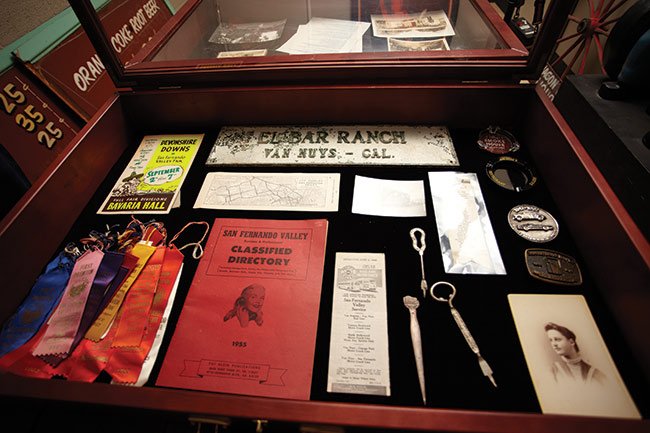
Tommy hopes to share the items he's collected over the past 25 years in a new museum.
Historian Jim Hier, who authored a book on the history of Granada Hills, believes Tommy’s efforts are long overdue. “It has been something of a long-running joke to disregard the Valley’s past as superfluous or irrelevant—or worse, an afterthought—when writing or discussing the history of Los Angeles. But for the millions of people who have lived in the Valley through the years, particularly Baby Boomers, the Valley’s distinctive past is also our personal history. Tommy’s collection provides a tangible link with many of the wonderful memories of growing up in the Valley.”
Aside from a few select exhibits each year where items go out on loan, for the most part, Tommy shares through the internet—his blog (sanfernandovalleyrelics.com) and super-active Facebook page, which boasts more than 170,000 fans.
On any given day, it is easy to detect Valley Relics’ groundswell of support. One day Tommy will post a shot of the old Van Nuys Drive-In Theatre, generating 1,827 “likes” and 311 comments. On another day, it’s a shot of the original Sherman Oaks Galleria before it opened that gets 448 likes and 118 comments.
With such a solid fan base, word has spread. And it’s now sometimes easier to acquire items. Such was the case with the recent acquisition of the Henry’s Tacos sign.
“When I heard the landlord wasn’t renewing the stand’s lease, I picked up the phone and got the owner’s permission to have the sign,” says Tommy. In other cases, sellers will contact him when they have something noteworthy and cut him a good deal.
Tommy, who lives in Porter Ranch with his wife and his two youngest children, says he was struck with the importance of preserving history as a boy. By the time Tommy was ready to enter kindergarten, his family had moved to Porter Ranch.
“When I was 6 years old, I started going to Kiddieland on Sepulveda in Mission Hills. Across the street was House of Corvettes, and McDonald’s was just a short walk away. We used to get burgers and go to Kiddieland. Then when I was about 10 or 12, stuff started disappearing. It bothered me.”
Around the same time, he says, his dad took him to a Van Nuys Boulevard bank. The building had life-size murals on the walls in sepia tones depicting the Valley in the early 1900s.
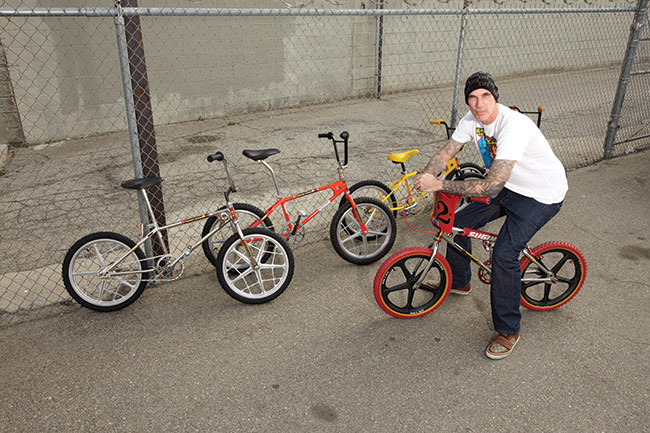
Tommy's Valley Relics collection includes locally-made BMX bikes from the '60s and '70s.
“One showed a road going to the San Fernando Valley Mission, and it had a stagecoach. It suddenly hit me: I lived in a cowboy Western town! Then I wondered—where did it go?”
Buoyed by his fond memories of growing up in the Valley (his family later moved from Porter Ranch to Reseda) and his desire to preserve “what happened here,” Tommy began by collecting vintage postcards. “I just started going to garage and estate sales and on eBay to find stuff.”
After postcards, he started collecting photographs and then letters and signs. Nowadays, it’s pretty much anything that strikes his fancy. And when something gets under his skin, he becomes a bit of a zealot.
When one of his favorite childhood eateries, The White Horse Restaurant, closed, Tommy wanted the sign, which featured a large horse. But no one wanted to fork it over. Tommy embarked on a 20-year quest until it was his. “We ultimately had to get a crane and crew in there to have it sawed down,” he says.
Other times, his hopes have been dashed when, no matter how hard he’s tried, a relic winds up in the trash. “A lot of people don’t get what I’m trying to do. It’s actually pretty simple. I’m just trying to preserve Valley history,” he sighs.
On the day of our visit, busy workers were everywhere going about their tasks—some operating a gigantic, wheel-like machine with shirts stretched taut on mini-ironing-board-like tables with blobs of colorful paint on top. In recent years, the silk screening process is more sophisticated; some of the designs look like small paintings. “Yeah, nowadays these machines cost $150,000,” he shares.
On that same day, Tommy’s entire family is on the property. Shane Gelinas, 25, who calls his dad “the sweetest guy I know,” works in graphics and production. Tommy’s 26-year-old daughter, Brittany, works in customer service. His wife, Staci, whom Tommy refers to as “The Boss,” is business manager. And his two youngest children, 5-year-old BelleGrace and 9-month-old Viola Mae, are playing in a toy-packed nursery supervised by a nanny.
It is easy to see, Tommy derives a certain comfort from having his family around—perhaps as much comfort as he gets surrounded by all his collectibles. With that in mind, Tommy is making plans to open a museum. He says he has currently signed a lease for a building in North Hollywood and hopes to open doors this spring.
“In the beginning, we’ll be open to the public just one day a week and by appointment. It is going to take some time to catalog and display everything properly. Later, when we’re organized, I hope to have the museum open on more days.”
Kevin Roderick, who has written two books on the San Fernando Valley and is behind the website laobserved.com, has yet to see Tommy’s collection in person. “I have no idea if there is anything of real value there, but I think it is interesting what he’s doing. It would be cool to have a museum that celebrates Valley lore. There are a lot of real stories out there, but a lot of people don’t know them.”
He adds, “It might be a good idea for Gelinas to collaborate with The Museum of the San Fernando Valley.” The non-profit organization has been raising money for several years to establish a museum.
But this one-man-band prefers to go it alone. “I really don’t need anyone to open a museum. I have the items, and I have the money. I can do it myself.”
He says he wants the museum to be accessible for anyone who wants to visit—Valley dwellers, students and other interested folks. The goal is simply to share. “It’s just my way of preserving the Valley’s past. We had a really interesting past here; I hope what I’m doing will help people remember it.”






